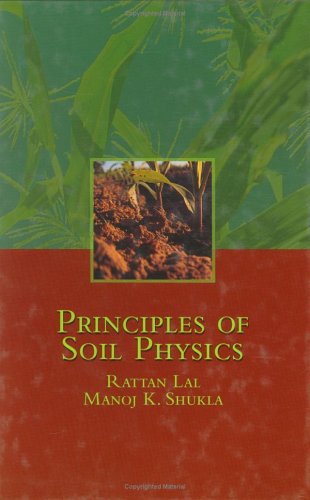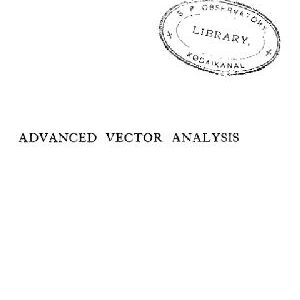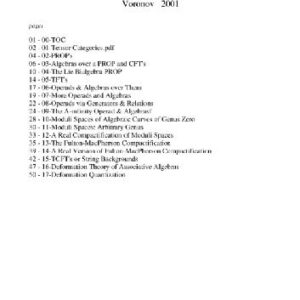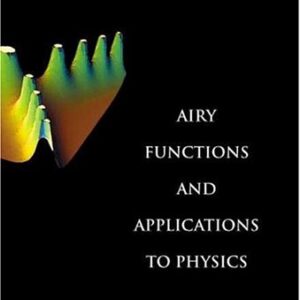Principles of Soil Physics examines the impact of the physical, mechanical, and hydrological properties and processes of soil on agricultural production, the environment, and sustainable use of natural resources. The text incorporates valuable assessment methods, graphs, problem sets, and tables from recent studies performed around the globe and offers an abundance of tables, photographs, and easy-to-follow equations in every chapter.
The book discusses the consequences of soil degradation, such as erosion, inhibited root development, and poor aeration. It begins by defining soil physics, soil mechanics, textural properties, and packing arrangements . The text continues to discuss the theoretical and practical aspects of soil structure and explain the significance and measurement of bulk density, porosity, and compaction.
The authors proceed to clarify soil hydrology topics including hydrologic cycle, water movement, infiltration, modeling, soil evaporation, and solute transport processes. They address the impact of soil temperature on crop growth, soil aeration, and the processes that lead to the emission of greenhouse gases. The final chapters examine the physical properties of gravelly soils and water movement in frozen, saline, and water-repellant soils.
Reader-friendly and up-to-date, Principles of Soil Physics provides unparalleled coverage of issues related to soil physics, structure, hydrology, aeration, temperature, and analysis and presents practical techniques for maintaining soil quality to ultimately preserve its sustainability.






Reviews
There are no reviews yet.